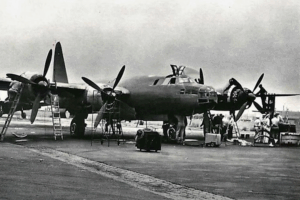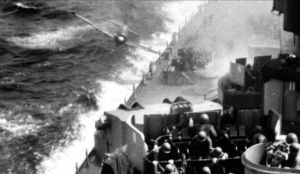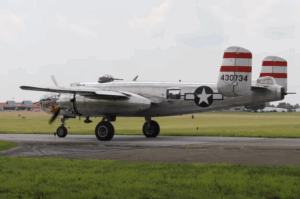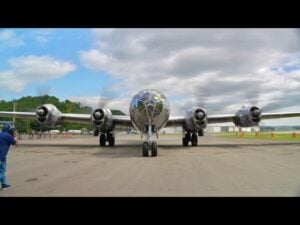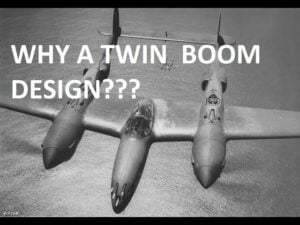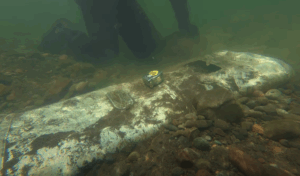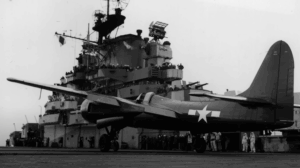How the P-38 Flew Faster and Higher Than Its Rivals
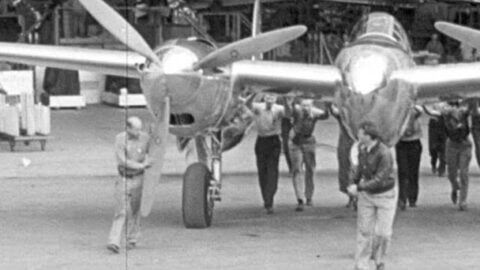
YouTube / Smithsonian Channel
During the early 1930s, some American bombers were faster than American fighters. That’s because earlier American fighters rarely broke 250 mph, struggling at altitudes over 20,000 ft.
The Army released a document that outlined, in exact terms, the performance requirements needed to develop a cutting-edge fighter plane. One of the criteria was to achieve a minimum speed of 360 mph at approximately 20,000 feet.
One of Its Kind
Many of the large aviation companies entered the competition, but one design stood out. Lockheed developed the XP-38, a highly experimental airplane that was the only one of its kind. The P-38 was the brainchild of American Kelly Johnson, one of the most gifted aircraft designers in the US during the 20th Century. The P-38 was the first of Johnson’s many radical designs.
Breaking Records
The first cross-country flight of the P-38 was the first couple of months after its first flight. At that time, Lockheed was very interested in demonstrating what the P-38 could do to win a massive production contract.
The plane reached speeds of 420 mph, breaking the transcontinental record previously set by Howard Hughes in 1935. However, as it was coming to land, the plane’s engines faltered, crash-landing into the golf course. Ice in the carburetors brought down the plane. Although the plane is totaled, the pilot escapes with only minor scratches. Although this could have killed the program right then and there, the promise of the aircraft was such that the Army Air Corps stayed with it.














